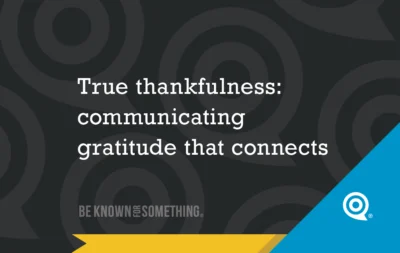1 Tiny Thing I Hate Big Time.

I’m not sure when it started happen. But I enjoy reading fine print in ads.
It’s always tells volumes about the company when you read the tiny print somewhere obscured in the advertisement. Sometimes it’s serious while others have a tongue-in-cheek comment. I first try to get an idea about the overall ad appeal, then I scour the page/screen for the fine print.
Today, I picked up Parade magazine in our Sunday newspaper and there was this full page ad:
 I’m not sure if you can read it in the picture, but here’s a summary of the Ad:
I’m not sure if you can read it in the picture, but here’s a summary of the Ad:
Product: Zegerid OTC
Benefit: It treats Frequent Heartburn
Added Benefit: It’s been studied and proven in Clinical Studies
Advertising Promises: New! Greater and Faster Acid control.
It’s obviously competing against Prevacid, so the fact that they named the product so it sounds similar is good. And the Greater and Faster Acid control is obviously aimed at their competition. Right?
Well, introduce the fine print: *On Day 7. (Now get this…) Greater and Faster acid control does not imply greater and faster symptom relief. Not for immediate relief.
HUH?!?!
I’m not sure how they get away with their ad then! And what does Greater and Faster Acid Control mean then? It casts doubt on the product. It appears the one promise of their ad (greater and faster acid control) is explained away in the fine print.
Here’s 3 things I recommend for formulating fine print.
- Don’t let the fine print break the promise of your company. A brand is based on a promise. Your positioning or tagline should state this succinctly. Don’t let the fine print cast doubt on this promise (like Zegerid does!).
- Make sure it adds to the understanding of the product. Don’t let it raise more questions than answer.
- Be short. If you have to write a book to qualify your headline or subhead, it’s the wrong creative.
So fine print isn’t always bad, but sometimes I dislike it strongly. Ok, even hate. What about you?
Want 25 Game-Changing Resolutions?
Related Posts

True thankfulness: communicating gratitude that connects
We’re just a couple weeks away from Thanksgiving. Though you might not know it by the jingling commercials already flooding

AI Prompts Every Church Communicator Should Be Using
Artificial Intelligence (AI) isn’t replacing church communicators, it’s simply helping the good ones work smarter. Tools like ChatGPT (and similar)

Church Growth Strategy: Clarity That Connects
Most churches pray for growth but overlook one of their most effective tools: a clear church growth strategy built on

